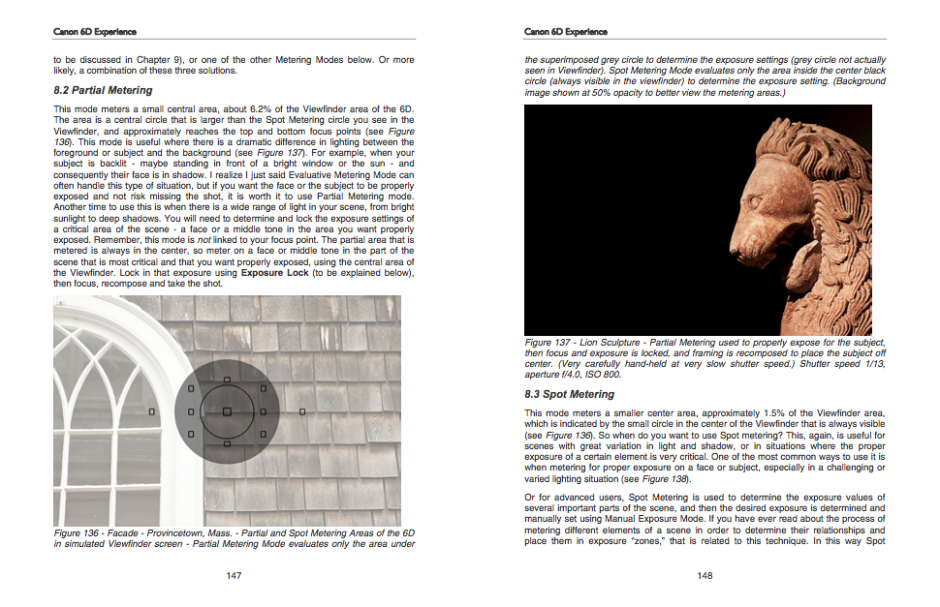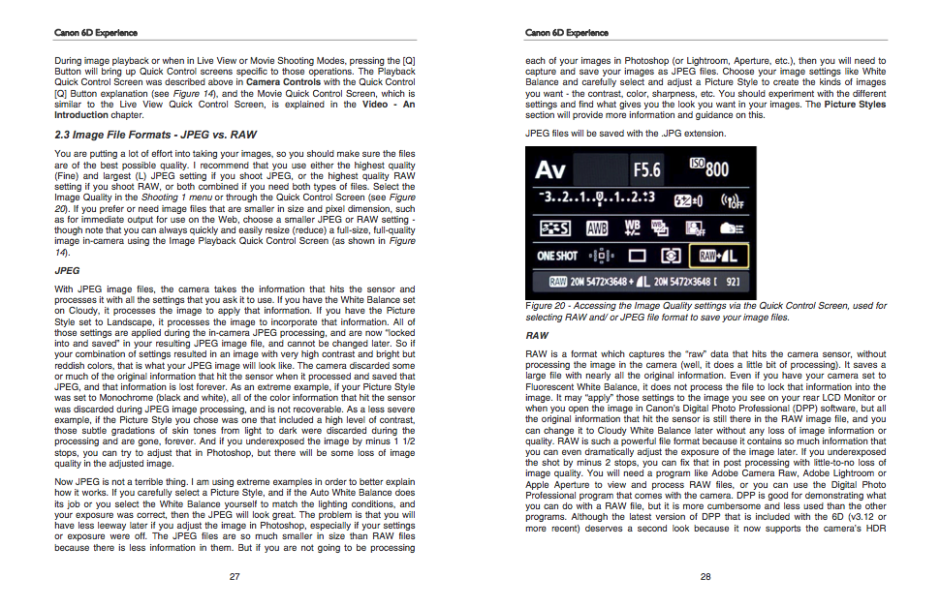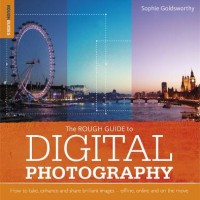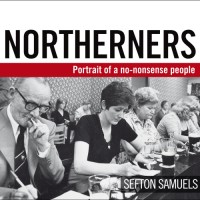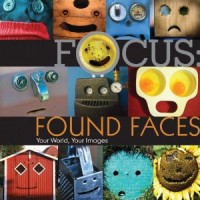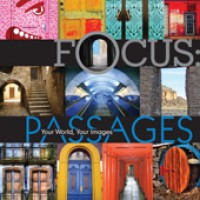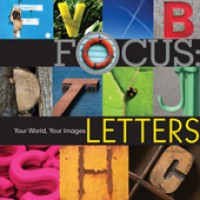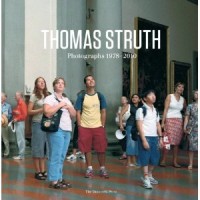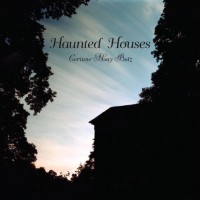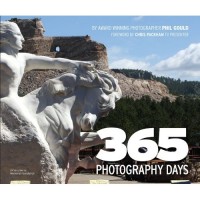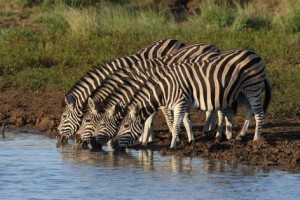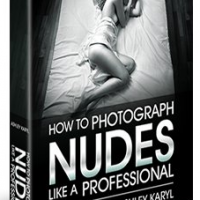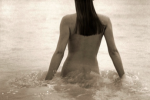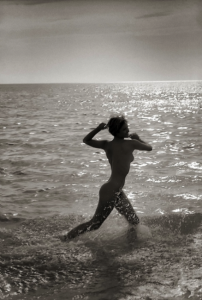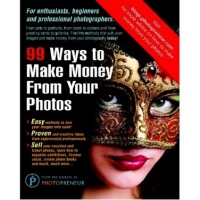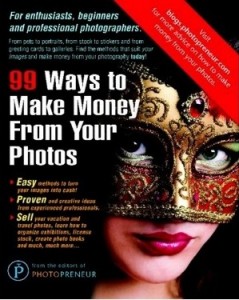
As a semi-prominent photography blogger and photo writer, I occasionally am sent books to review. It’s pretty exciting, actually, because it gives me a great insight into what’s happening in the photography publishing world, and hey – it’s always a great idea to keep an eye on the competition. The problem is that I’m frequently not the target audience of these books: I’m an advanced photographer; I love to write for all photography audiences, but if my ongoing photography course for newbies project has taught me anything, it’s that photography looks very different through other people’s eyes.
So, this time, I decided to ask a friend of mine – the always lovely Ella Bowker takes a closer look at Photo Trekking: A Traveling Photographer’s Guide to Capturing Moments Around the World, by Nick Onken.
Take it away, Ella…
I recently came back from a long weekend in Italy with my family (check out the pictures on Flickr!). I schlepped along a collection of books to entertain me on the plane, and I’d like to tell you about one of them: Photo Trekking: A Traveling Photographer’s Guide to Capturing Moments Around the World, by Nick Onken (Amazon.co.uk or http://amzn.to/dsjv9O ">Amazon.com. Travelling with a travel photographer’s book seemed highly appropriate. It’s not as if one needs much inspiration to take beautiful photos in the Tuscan hills, but perhaps this book would be able to help me take even better photos. Flicking through the glossy pages of exotic photographs, I noticed that he’d taken some shots not all that far from where I was staying, too. How exciting!
Uhm, so who is it for?
Unfortunately, I found the subtitle of this book to be a tiny bit misleading. It turns out this book isn’t aimed at the general travel photographer – those of us who take fairly good photos above the standard of the usual holiday snaps and want to do it a bit better. Instead, it is aimed at amateur photographers who wish to spread their wings and give professional travel photography a go.
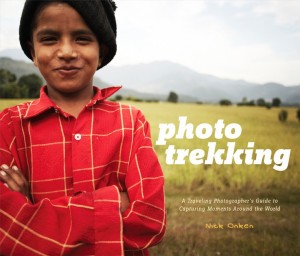
Fantastic photos - but Ella Bowker finds that she'd prefer it was a proper cofee-table book, rather than a half-way house between how-to guide and photographer's portfolio
Call it a bugbear of mine, but it really bothers me when writers haven’t fully identified their audience. Or rather: Onken has identified a very specific audience here, but delivers a book which goes too far in some areas, and not far enough in others. Now, I’ll be perfectly honest: I’m not nearly good enough a photographer to aspire to do it in a professional capacity. To be entirely honest, I don’t think that I’d want to even if I were. Having said that, the premise of the book piqued my interest, and I threw myself at it in an attempt to learn about the life of a professional travel photographer and where exactly I’d need to start in the unlikely event that I did decide to pursue this as a career.
Perhaps I wasn’t the designated audience for his book, or may be I was slightly disappointed to discover that the content wasn’t actually what I thought it would be. Either way, I finished it and was left feeling that Onken hadn’t quite delivered what the book’s covers seemed to promise. Don’t get me wrong, the book shared some very useful information, such as what the different markets for travel photographs are,how to make initial contact with them, and how best to promote yourself and your work. However, all the while I had this feeling that the book didn’t go far enough. It was scratching at the surface of life as a travel photographer and not telling you enough of what you needed to know.
What’s it got?
The book is divided into five chapters: the world of travel photography, preparation, shooting on location, tips for taking great travel photographs, and after the shoot. Onken takes you through planning your shoot to ensure that it evokes the right feel for the client and includes anything that is a ‘must see’ for that location. The ‘How to budget for a travel shoot’ section was interesting, and discusses everything from airport transfers to local guides. But when it came to issues such as local etiquette and cultural nuances, coverage was rather thin. There was one more thing which struck me as odd: I’d have thought that if someone is seriously considering a career in travel photography, the chapter looking at photography tips is likely to be well below their level of expertise.
Each chapter, with the exception of thetips for taking great travel photographs chapter, contains at least one ‘Traveler’s Journal’ which gives the back-story to a series of photos taken in locations ranging from The City of God in Rio de Janeiro, Brazil to Kyoto in Japan. These sections worked well to communicate the human element of Onken’s photographs and his experiences in order to take them. If each chapter had been built around these journal entries, they might have achieved the degree of depth that this book needs.
I do feel that more could have been said about the grueling travel schedule and exhausting days of a travel photographer; the shots that made the cut and those that didn’t could have been examined; and the outcomes of that particular trip could have been looked at, too. Yes, it would have been a very different approach to the book, but one that I think could have worked.
Onken’s book feels more as if it were an exercise to get his photos on to people’s coffee tables. In order to do so, he settled on the niche audience of wannabe travel photographers. But there’s nothing wrong with a photo book for a photo book’s sake; Onken is clearly a talented photographer – but it just seems a bit curious to have them presented in a setting like this book.
It’s a cursed shame, really – there aren’t any books out there that covers this section of the market all that well, and after reading this book, I can’t but conclude that, well, there still aren’t any. But if there was one, I’d buy it.
Photo Trekking: A Traveling Photographer’s Guide to Capturing Moments Around the World by Nick Onken. Published by Amphoto Books, New York, available from all sorts of lovely book shops everywhere.
About the guest writer of this post
Ella is an avid amateur photographer based in London. Her Flickr stream is a documentation of her process of becoming a better photographer. She wrote Teaching Photography to a 5-year-old and Taking photos for the future for Photocritic.org
Do you enjoy a smattering of random photography links? Well, squire, I welcome thee to join me on Twitter -
© Kamps Consulting Ltd. This article is licenced for use on Pixiq only. Please do not reproduce wholly or in part without a license. More info.
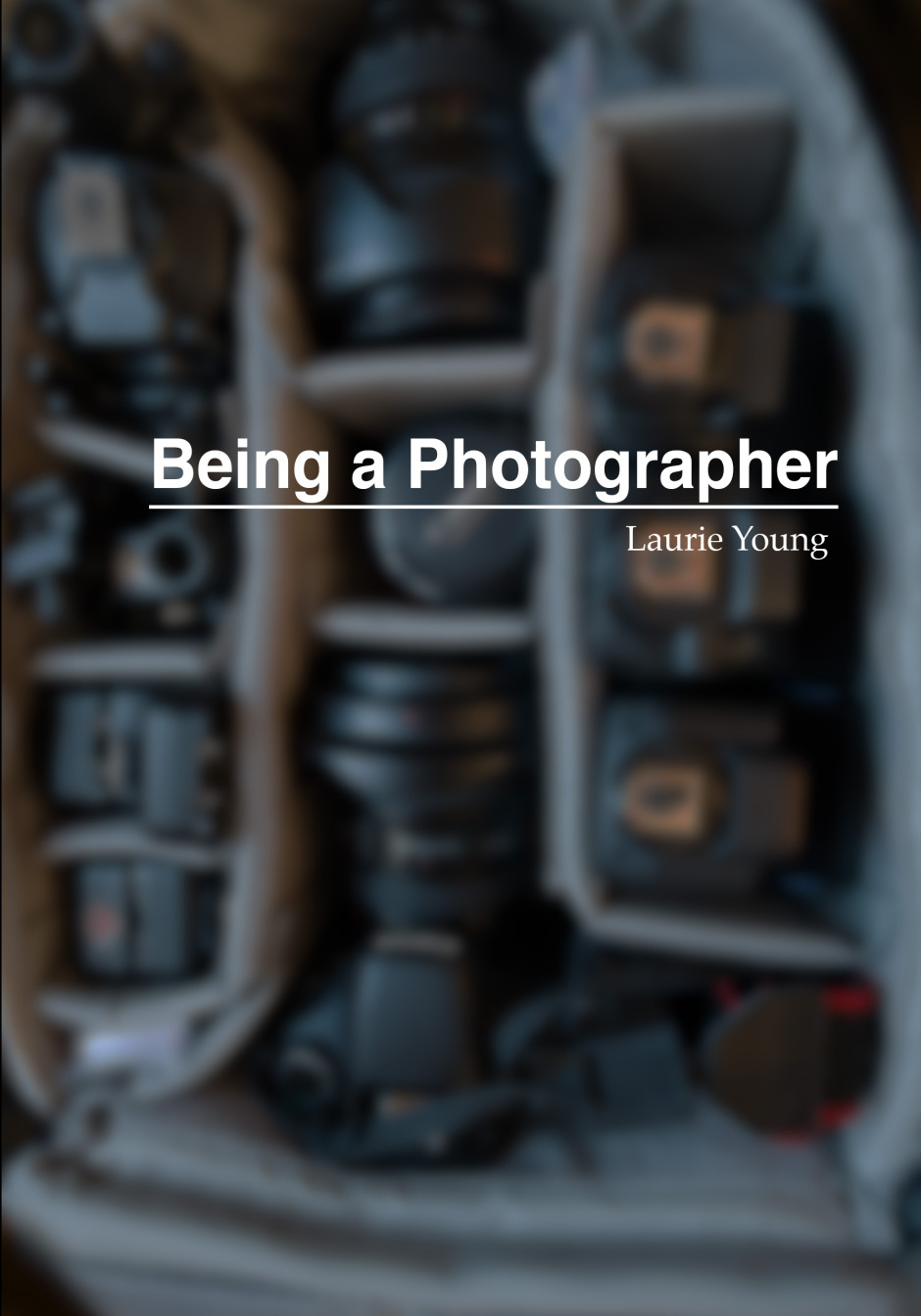






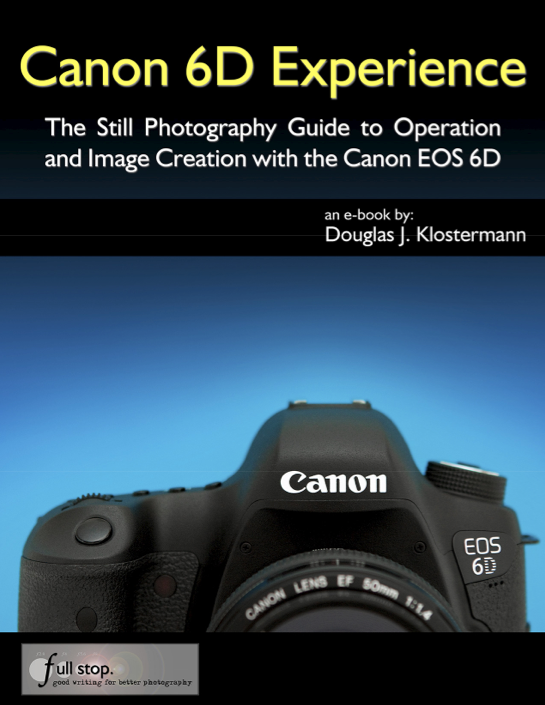 The Canon 6D Experience is part of Douglas J. Klostermann's series of e-book guides to Canon's and Nikon's dSLRs. There are ten Canon books and five Nikon books, ranging in price from $7.99 for guides to the oldest models of camera to $14.99 for the latest cameras. I've been taking a flick through it and seeing how it fits in with my use of my Canon 6D.
The Canon 6D Experience is part of Douglas J. Klostermann's series of e-book guides to Canon's and Nikon's dSLRs. There are ten Canon books and five Nikon books, ranging in price from $7.99 for guides to the oldest models of camera to $14.99 for the latest cameras. I've been taking a flick through it and seeing how it fits in with my use of my Canon 6D.